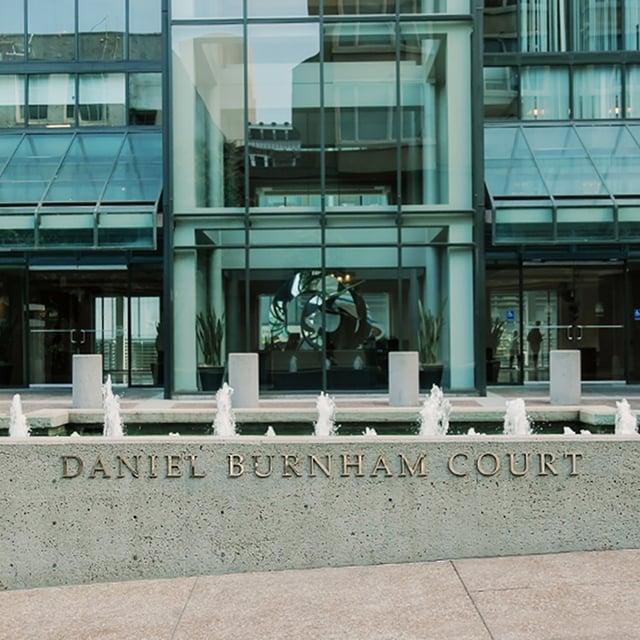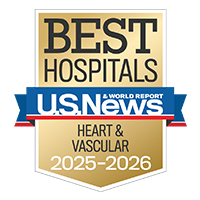Where to get care (1)
Related clinics (4)

Cardiovascular Care and Prevention Center – Golden Gate Practice

Cardiovascular Care and Prevention Center at Mission Bay


A heart attack is a life-threatening emergency. Call 911 immediately if you think you might be having one.
A heart attack, or myocardial infarction, happens when blood flow to the heart is significantly reduced or blocked. The lack of blood supply can damage or destroy part of the heart muscle.
Heart attacks are typically caused by the accumulation of plaque – sticky deposits of fat, cholesterol, calcium and other substances – in the arteries that supply the heart. The plaque buildup, a process called atherosclerosis, narrows the arteries, which is the primary cause of coronary artery disease (CAD). In addition to obstructions resulting from plaque buildup, plaque deposits sometimes rupture, forming clots that can block blood flow.
Early treatment to remove a clot or accumulated plaque not only can save your life but may prevent or reduce damage to your heart muscle and help your heart work better.
Our approach to treating a heart attack
At UCSF Health, our cardiology team specializes in delivering exceptional care to patients experiencing serious cardiac conditions or events, such as heart attacks. We perform open-heart surgeries as well as state-of-the-art minimally invasive procedures, including coronary artery bypass grafting (CABG) and percutaneous coronary interventions (PCIs). Many of the advanced treatments we offer were pioneered right here at UCSF.
We have one of the Bay Area's premier emergency departments, open 24/7. After your initial treatment has you out of imminent danger and your energy returns, our specialized Cardiac Rehabilitation and Wellness Center offers programs tailored to improve your overall health and reduce the likelihood of another heart attack. We thus provide comprehensive care from diagnosis to recovery and beyond, focused on your well-being every step of the way.
After John's heart stopped, a team of cardiac specialists at UCSF helped the former police officer make a full recovery. "I'm very grateful."

One of the nation's best for heart & vascular care

Rated high-performing hospital for heart attack care
Most often, a heart attack occurs because accumulated plaque has significantly narrowed one or more of the coronary arteries, reducing the flow of oxygen-rich blood to heart muscle.
Other, less common causes of a heart attack include:
After arriving at the hospital, you’ll undergo a series of tests to determine whether you are having a heart attack or have just had one. Evaluation for a heart attack generally includes:
How doctors treat a heart attack depends on a number of factors, but the main objective is always to get blood flowing back to the heart muscle before serious damage occurs. To do this, they'll generally use one or a combination of the following treatments:
Following treatment, your doctor may talk to you about doing a cardiac rehabilitation program. This can enhance your quality of life and lower your risk of having another heart attack. The UCSF Cardiac Rehabilitation and Wellness Center offers a combination of exercise and education classes for people living with a heart condition or recovering from a cardiac procedure.
UCSF Health medical specialists have reviewed this information. It is for educational purposes only and is not intended to replace the advice of your doctor or other health care provider. We encourage you to discuss any questions or concerns you may have with your provider.


